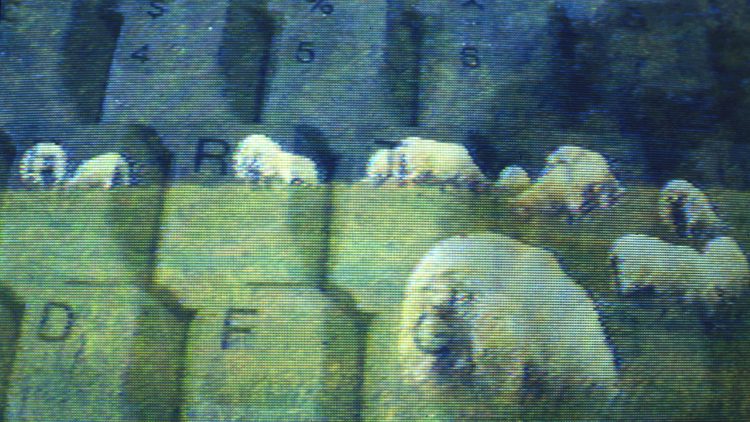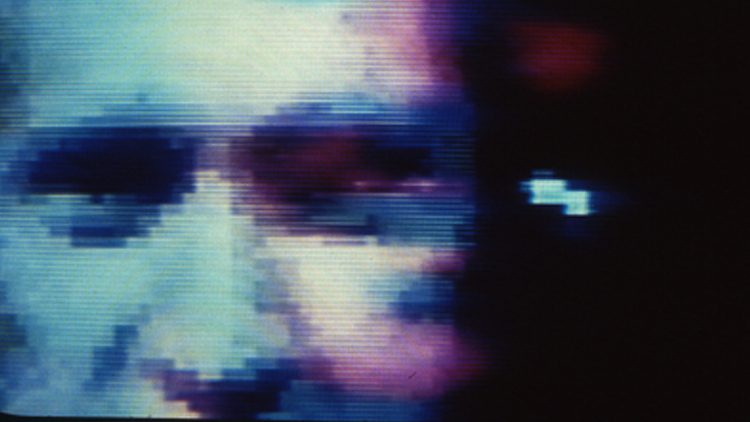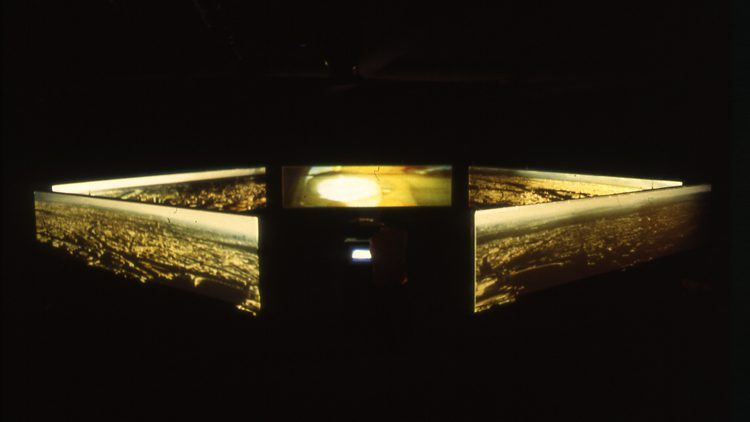The impulse to imagine a world far better than the one we currently inhabit has always been a powerful human reflex, and the dream of transcending the travails of the present for the prospects of a future Utopia has a long and honorable history. Always there as a gleam on the horizon, its light shone especially brightly at the start of the 1990s, boosted by some supercharged rhetoric about the transformative potential of digital technology, and prefigured in the tantalising vistas that appeared to be offered by new digital phenomena such as virtual reality. V-topia was a group exhibition that attempted to chart this emerging landscape, taking in both its nascent features and its underlying assumptions and ideologies. One small step along the computer keyboard, would this virtual utopia, as its more excitable contemporary advocates were prone to suggest, portend a correspondingly giant leap for mankind? Or would the reality fall short of the promise, as had been the case at many similar moments in the past?
As cultural commentators and industry developers looked ahead to a point where image-making and interactivity would harmoniously (and profitably) converge, all too few seemed bothered to look around and realise that a blueprint for a responsive, immersive form of multimedia experience had already been trialled by artists experimenting with computer technology in the areas of video installation or expanded cinema. Grahame Weinbren and Lynn Hershman Leeson were two of those pioneering figures and their pieces Sonata and A Room of One’s Own had a pivotal presence in the exhibition. Alongside them was a trio of new commissions. Combining computer graphics, video game iconography and mordant humour, The Butler Brothers’ The Dream of Freedom speculated (fancifully but, in retrospect, all-too-presciently) on the dystopian ramifications of unlimited personal and consumer choice. Equally attuned to the new vernacular of computer-game culture, Clive Gillman’s To Be This Good (Rock of Ages) examined the behavioural cues and grammatical tics of this increasingly popular idiom, while highlighting the intricate, immaterial labour needed to hone and perfect the skills of a prospective ‘player’. An early example of artists’ explorations of some of the possibilities opened up by 3D spatial acoustics via headphones, Susan Collins’ Audio Zone was a notional audio guide to the exhibition. Full of amusing and disconcerting asides, the piece was a reminder that interactivity wasn’t simply a matter of the frictionless manipulation of user-friendly content but was a stimulus that flourished in the imaginative space between your ears. Two recent Film and Video Umbrella commissions, Passagen by Graham Ellard and Stephen Johnstone and Mirror Images by Richard Land, completed the line-up.







